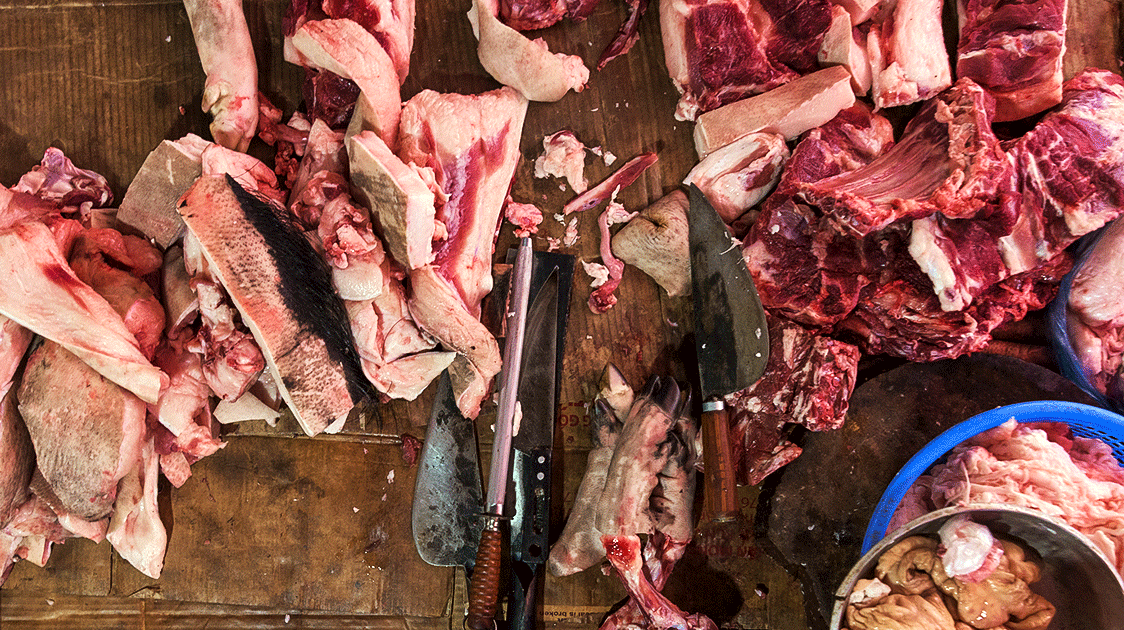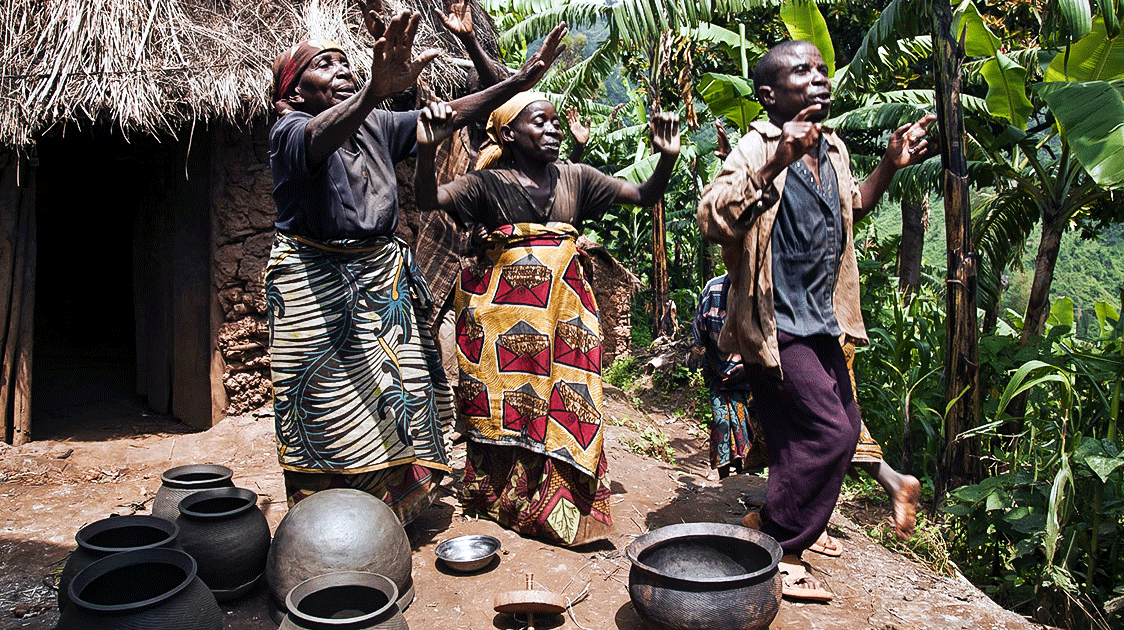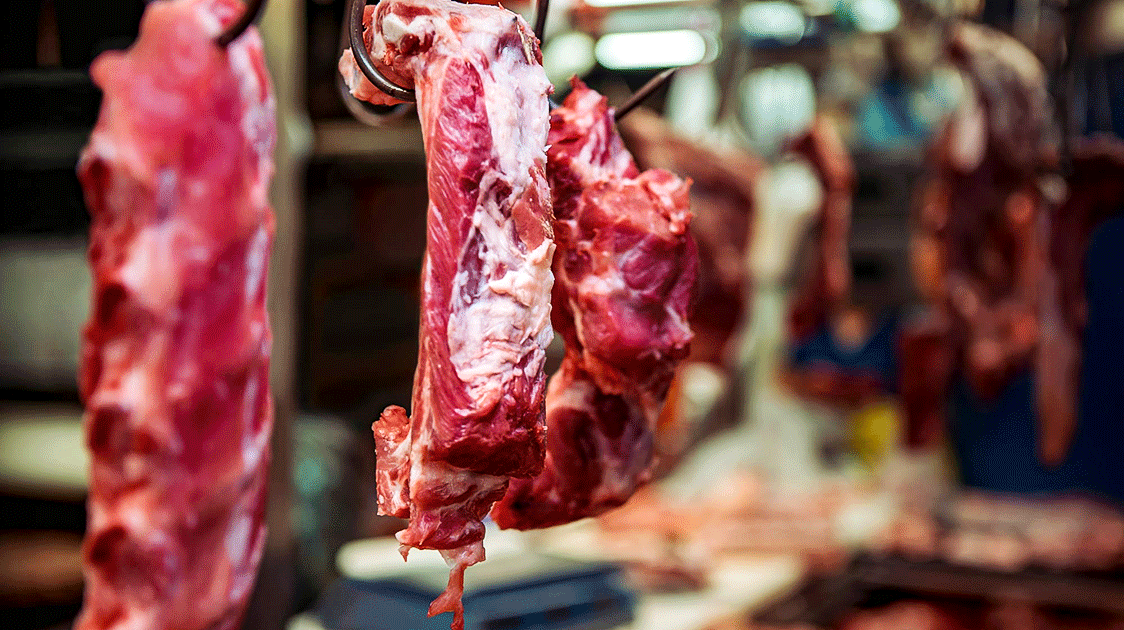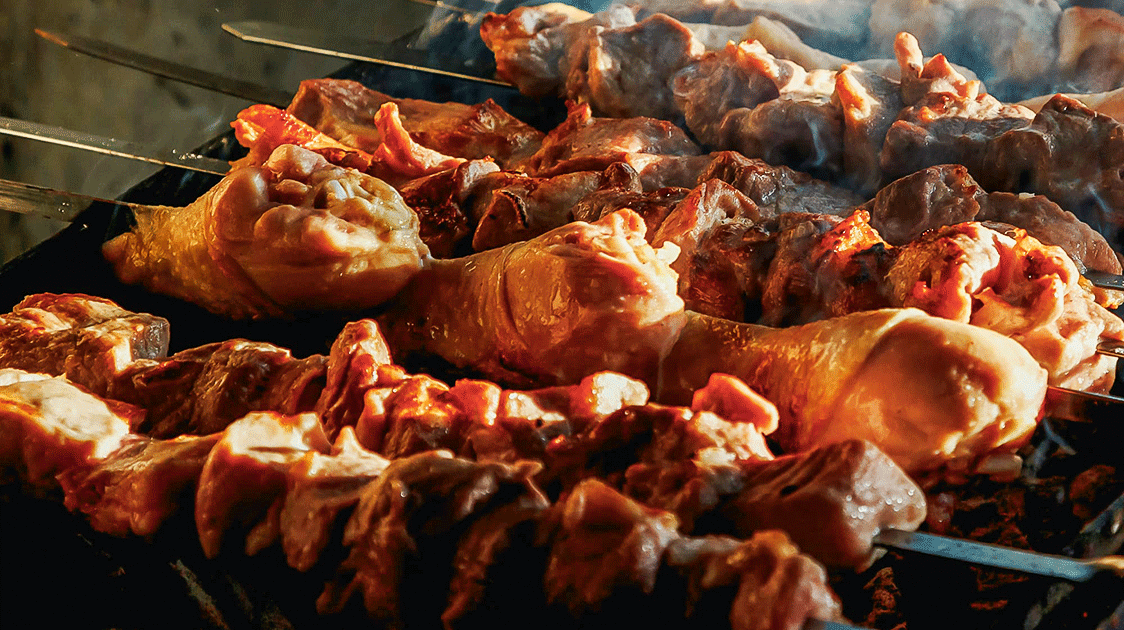Beyond Economics: How Culture Shapes Africa's Protein Consumption Patterns

In the bustling markets of Accra, a kilogram of bushmeat costs more than premium beef, yet consumers consistently choose the wild meat option.
This phenomenon, repeated across urban centers throughout Africa, reveals a fundamental truth about protein consumption on the continent: cultural forces often override pure economic logic, creating consumption patterns that defy standard market predictions.
The Persistence of Traditional Preferences
Cultural factors demonstrate remarkable persistence in overriding economic considerations across African protein markets, with taste preferences, traditional practices, and social status considerations frequently trumping price sensitivity.
Research consistently shows that consumers rate bushmeat as superior in taste to domestic alternatives, with "natural" and "healthy" perceptions driving preference regardless of relative costs.
Customary dietary practices deeply embed bushmeat within the cultural identity systems of West and Central African societies. Congo Basin communities integrate bushmeat consumption with traditional celebrations, guest hospitality requirements, and cultural calendar events, creating inelastic demand patterns that persist despite price increases or the availability of alternatives.

These consumption patterns represent more than mere dietary choices; they embody cultural continuity and a sense of community identity.
The depth of cultural integration becomes apparent in consumption statistics. Ghana's rural areas show that bushmeat accounts for 80-90% of animal protein intake in forest communities.
In contrast, rural residents of the Congo Basin consume 50 kg of bushmeat per capita annually, the highest global consumption rate. These figures reflect not only availability and affordability, but also profound cultural preferences that have shaped dietary patterns for generations.
Consumer preference studies reveal the strength of taste-based cultural factors.
Across multiple African countries, blind taste tests consistently reveal preferences for bushmeat over domestic alternatives, with descriptors such as "more flavorful," "natural," and "authentic" driving these preferences.
These taste perceptions, developed through cultural transmission and childhood experiences, create powerful market forces that resist change even when economic incentives suggest alternative choices.
Status Symbols and Urban Transformation
Urban contexts transform bushmeat from a subsistence necessity into a luxury commodity through complex cultural mechanisms.
As African cities grow and incomes rise, bushmeat consumption increasingly functions as a status symbol, with higher prices increasing demand among wealthy consumers seeking to display cultural authenticity and economic capability.
This transformation creates what economists call the Veblen effect, where price becomes part of the appeal rather than a deterrent.

In Libreville, Gabon, premium bushmeat species command $3.70/kg compared to $2.30/kg for beef. Yet, demand remains strong among urban elites who view bushmeat consumption as a marker of cultural sophistication and connection to traditional heritage.
Urban markets demonstrate how cultural capital translates into economic value. Bushmeat's perceived connection to "natural" and "traditional" ways of life resonates powerfully with urban consumers who may feel disconnected from rural origins.
This cultural authenticity premium enables traders to command prices that would be impossible to achieve based solely on production costs.
The social signaling aspect of bushmeat consumption extends beyond individual preferences to community recognition and acceptance. Serving bushmeat at social gatherings, cultural celebrations, and business entertainment functions communicates both economic capability and cultural awareness.
These social dynamics create consistent demand that remains largely insensitive to price fluctuations or the availability of cheaper alternatives.
Conspicuous consumption patterns maintain premium pricing even when alternatives become more accessible, creating persistent market segments that defy standard economic predictions.
Urban consumers often pay premiums specifically because of higher prices, viewing cost as validation of quality and cultural authenticity rather than a barrier to consumption.
Religious and Cultural Dietary Frameworks
Religious and cultural dietary restrictions create complex market segmentation patterns across African regions, with different cultural groups maintaining distinct consumption preferences that significantly influence market dynamics.
Islamic nutritional laws require halal compliance for wild herbivores, while strictly forbidding the consumption of carnivorous species, which affects species-specific demand and pricing in Muslim-majority areas.
Traditional African food taboos create additional complexity, restricting protein access for women and children and creating gender and age-based consumption hierarchies that influence market demand patterns.

These restrictions don't simply limit access; they create distinct market segments with specific preferences and purchasing behaviors.
Cultural transmission mechanisms ensure that dietary preferences persist across generations despite urbanization and economic development.
Parents pass on not just food preferences but entire frameworks for understanding protein sources, including beliefs about health benefits, taste qualities, and cultural appropriateness.
This transmission creates remarkably stable demand patterns that resist external pressure for change.
Religious calendar events create seasonal demand spikes that have little to no relationship with economic factors. Traditional ceremonies, religious holidays, and cultural celebrations drive consumption patterns that traders anticipate and plan for, creating predictable market cycles based on cultural rather than economic timing.
The intersection of different cultural systems creates unique regional patterns.
Areas with mixed religious populations develop complex market segmentation, with varying sources of protein serving different cultural groups.
These patterns require a sophisticated understanding of local cultural dynamics rather than simple economic analysis.
Generational Changes and Cultural Evolution
Generational differences are showing some erosion of traditional preferences, with urban youth demonstrating an increased acceptance of alternative proteins.
However, cultural transmission remains strong, with 67% of surveyed Ghanaian households continuing to consume bushmeat regularly, despite urbanization and economic development.
Educational campaigns demonstrate the strength of cultural resistance to behavioral change. Studies show a 15% reduction in bushmeat consumption following awareness interventions, suggesting a deep-seated cultural resistance that educational approaches alone cannot overcome.
These findings suggest that cultural change necessitates generational time scales and comprehensive social transformation, rather than relying solely on simple information campaigns.
Urban youth represent the most significant potential for dietary change, given their exposure to global food cultures and diverse value systems.
However, even among urban youth, cultural preferences often resurface during significant life events, family gatherings, and cultural celebrations. The pull of cultural identity frequently overcomes temporary changes in consumption patterns.
Migration patterns influence cultural evolution in complex ways. Rural-to-urban migrants often intensify their consumption of traditional foods as a way of maintaining cultural identity in urban environments.
This pattern can strengthen cultural preferences rather than weakening them, as conventional foods become markers of cultural authenticity in diverse urban settings.
International exposure through education, travel, and media creates some openness to dietary change among younger generations.
However, this openness competes with strong cultural pride movements that emphasize traditional African foods and practices as authentic alternatives to Western cultural influence.
Social Networks and Market Access
Female-dominated trading networks create social capital systems, deep community involvement that preserves traditional food systems.
Research shows that 90-93% of bushmeat marketers are women, building social networks that operate through traditional authority structures and community relationships rather than formal regulatory systems.

These social networks serve as more than simple economic arrangements; they represent cultural institutions that preserve traditional knowledge, maintain social relationships, and enforce community standards.
Women traders often serve as cultural gatekeepers, determining which products meet community standards for quality and authenticity.
Community relationships enable bushmeat systems to maintain market share despite regulatory restrictions.
Traditional authority structures often provide alternative governance mechanisms that prove more effective than formal regulations in managing market behavior.
These systems operate through social pressure, community recognition, and traditional sanctions rather than legal enforcement.
Social capital accumulated through participation in traditional food systems translates into economic opportunities that extend beyond simple trading relationships.
Successful traders often become community leaders, marriage brokers, and informal banking systems, creating social benefits that reinforce continued participation in traditional protein markets.
The integration of cultural and economic systems creates resilience that formal market systems often lack. Community-based networks offer mutual support during economic downturns, share market information, and maintain supply chains that withstand external disruptions.
Cultural Implications for Market Evolution
Cultural analysis reveals that sustainable changes in African protein systems must work in conjunction with, rather than in opposition to, existing cultural frameworks.
Simple substitution approaches that ignore cultural values consistently fail to achieve lasting behavioral change.
Successful interventions require an understanding and respect for cultural values while creating pathways for evolution that maintain cultural authenticity.

The strength of cultural preferences suggests that future protein systems for Africa will likely remain diverse, incorporating traditional elements alongside modern innovations.
Rather than convergence toward global standard diets, African protein systems may develop hybrid approaches that maintain cultural authenticity while addressing sustainability concerns.
Cultural pride movements across Africa increasingly emphasize traditional foods and practices as authentic alternatives to Western cultural influence.
This trend suggests that traditional protein sources may maintain or even increase their cultural importance even as economic conditions change.
The evidence indicates that culture will continue to play a decisive role in shaping African protein markets, creating opportunities for culturally appropriate innovations while maintaining barriers to changes that conflict with fundamental cultural values.
Understanding these cultural dynamics offers essential insights for anyone seeking to understand or influence Africa's evolving protein systems.
Instead of trying to enforce the animal-rights viewpoint that wildlife is somehow sacrosanct, the utilization of wildlife should be embraced, and a system to regulate the supply of bushmeat needs to be established.




